24
Aug
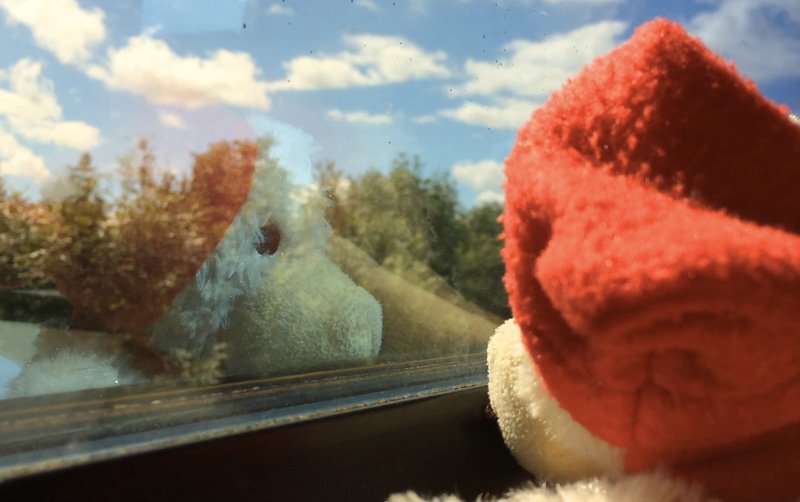
Benou is saying farewell to Nottingham.
I left Nottingham on August 3rd carrying two suitcases and a bag full of everything I could bring along. My little “adventure” in UK is over. I’m heading back to La Réunion.
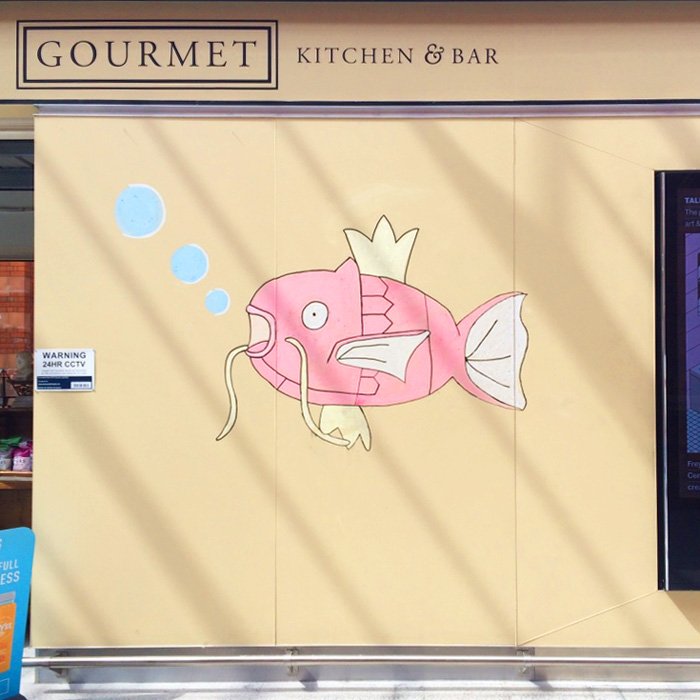
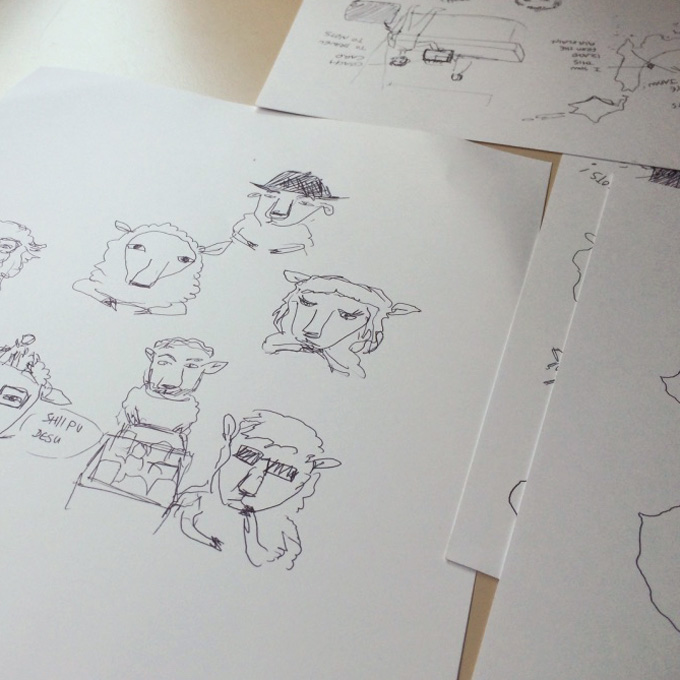
But before going back to the tropics, I’m enjoying what’s left of this month to visit pieces of France again — under the beautiful Summer sun this time.

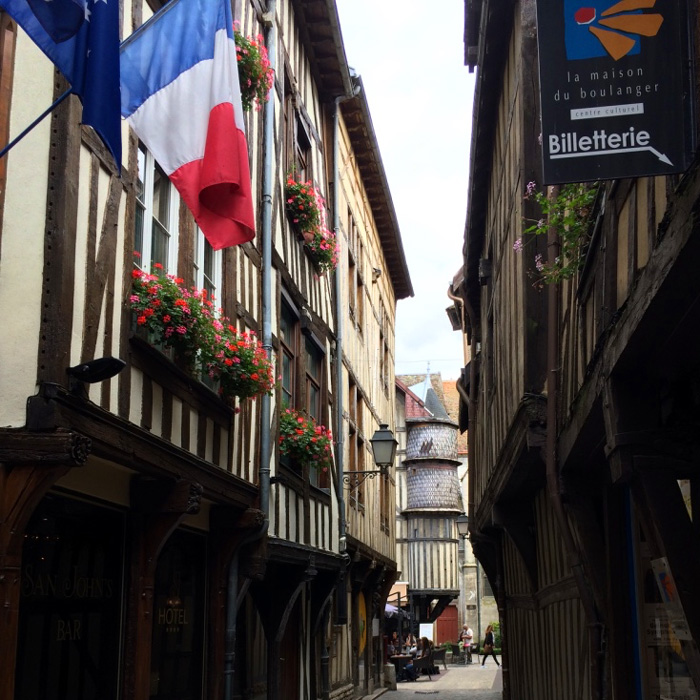

These are also the last days of the foretaste of independence I was allowed for ten months. I’m moving back with mom and dad, retrieving my life and habits where I left them.
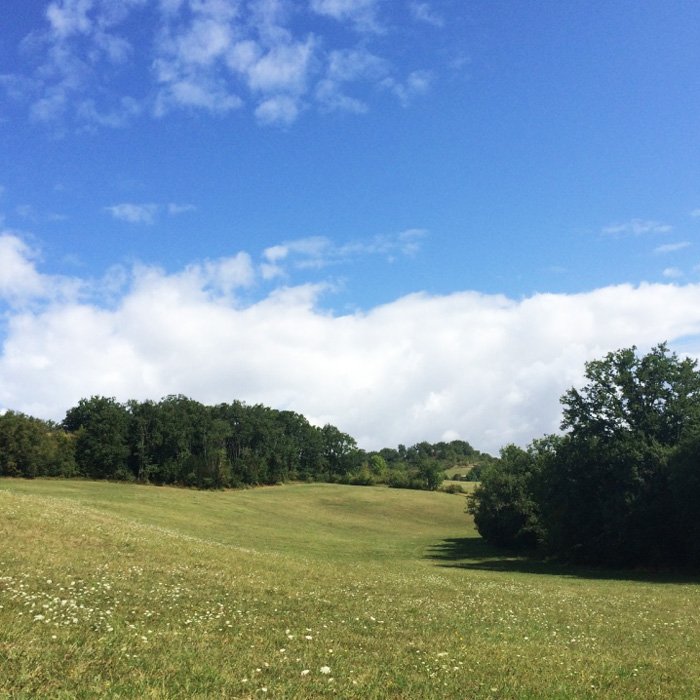
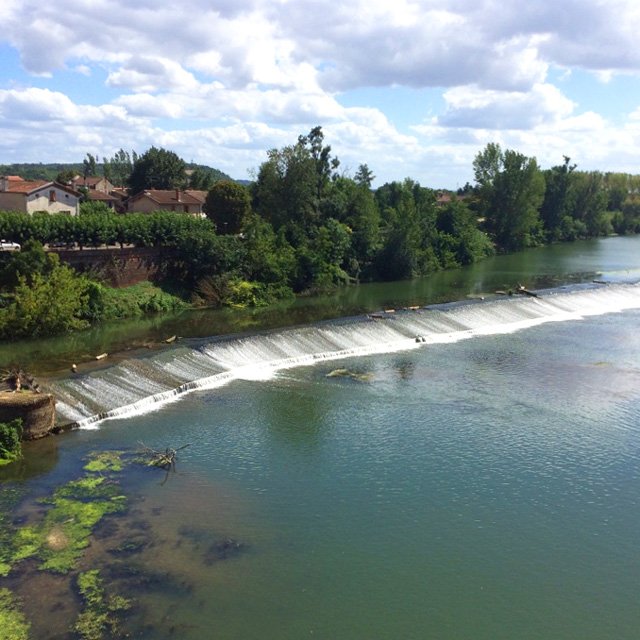
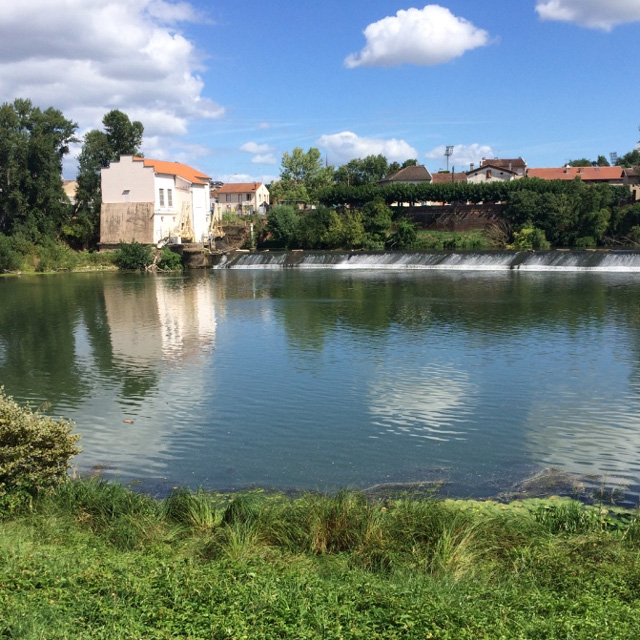
08
Aug
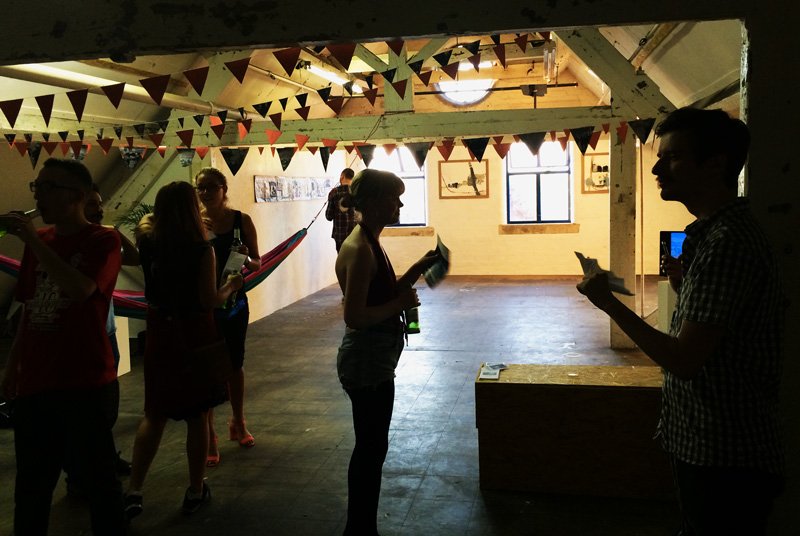
Rye Attic gallery, during our opening event.
Our second and last exhibition of the year was hosted by Rye Attic, a space opened a few months ago in New Basford, Nottingham. It is a bit remote from the city centre but nice looking, and it suited exactly our needs.
We opened on the 18th of July and until the week-end, a period that overlapped the Graduation week. Our exhibition was also “competing” with the MA Photography’s final show and the rest of the MA’s, which both looked great.
We didn’t get as many visitors as we expected nor wanted to, but I think we were all satisfied with what we had achieved.
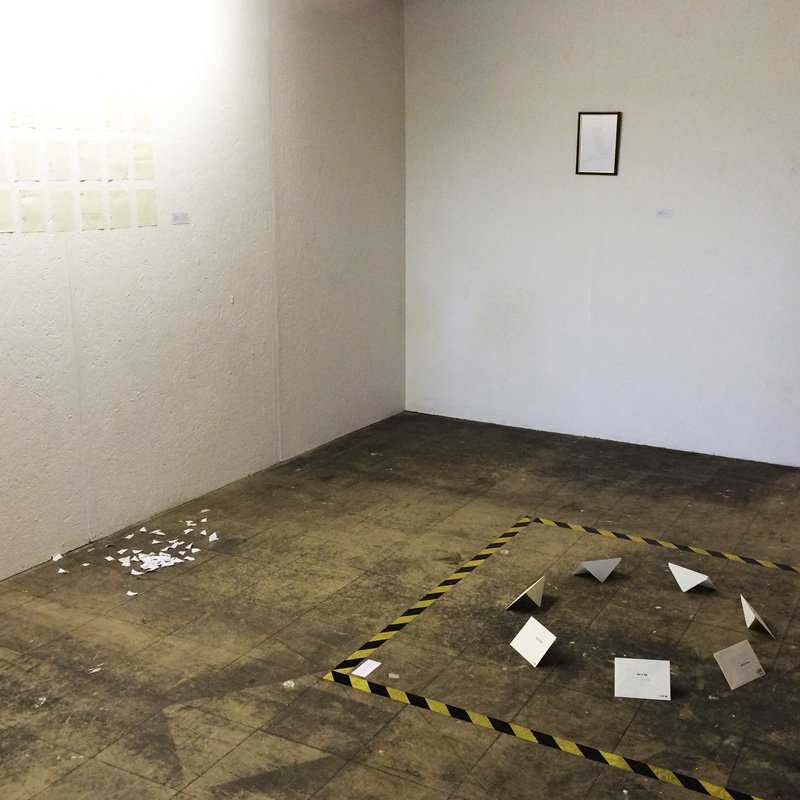
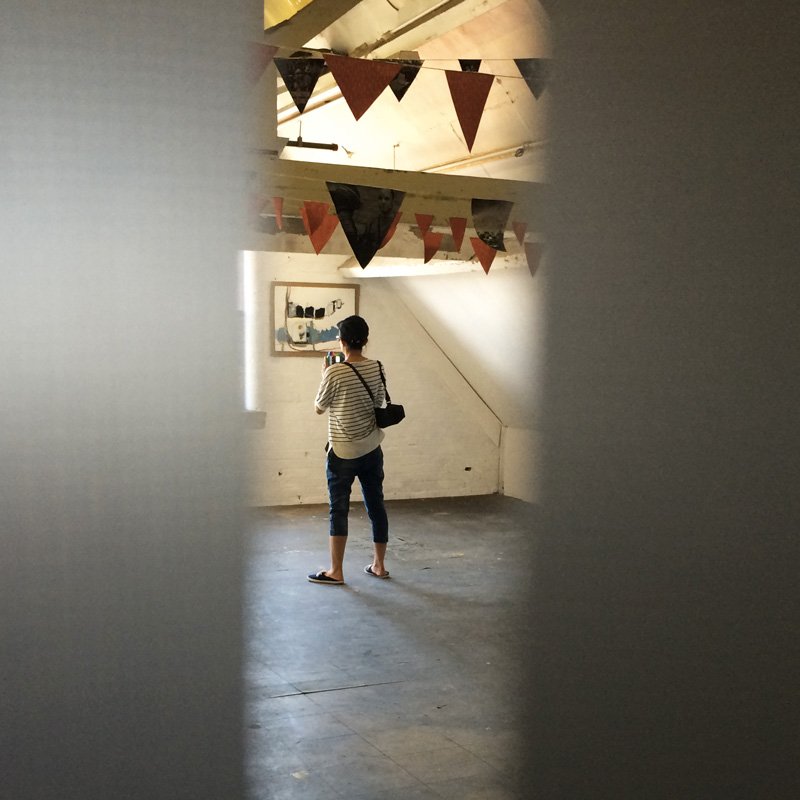
Though we are all using a variety of different media, Zoé, Jilly, Emily and I are connected in our practices by our relationship to Time. We also share interest in social and political issues, which materialized through the works we showed.
My part was mainly centered around the notions of displacement, migration and diaspora.
Untitled (yet) is a series of pages from my notebook with little drawings and marks similar to the ones used by prisoners to count days. One of them is a photograph of my hand with the same kind of markings, and in the same format as the other pages.
I started this collection at Peak District by counting snails, slugs and worms I encountered during my walks: “the population of the fields”. The following records consisted in counting mundane activities such as how many times I used the blue water tap instead of the red one, or how often I went on Facebook. One page is a day.
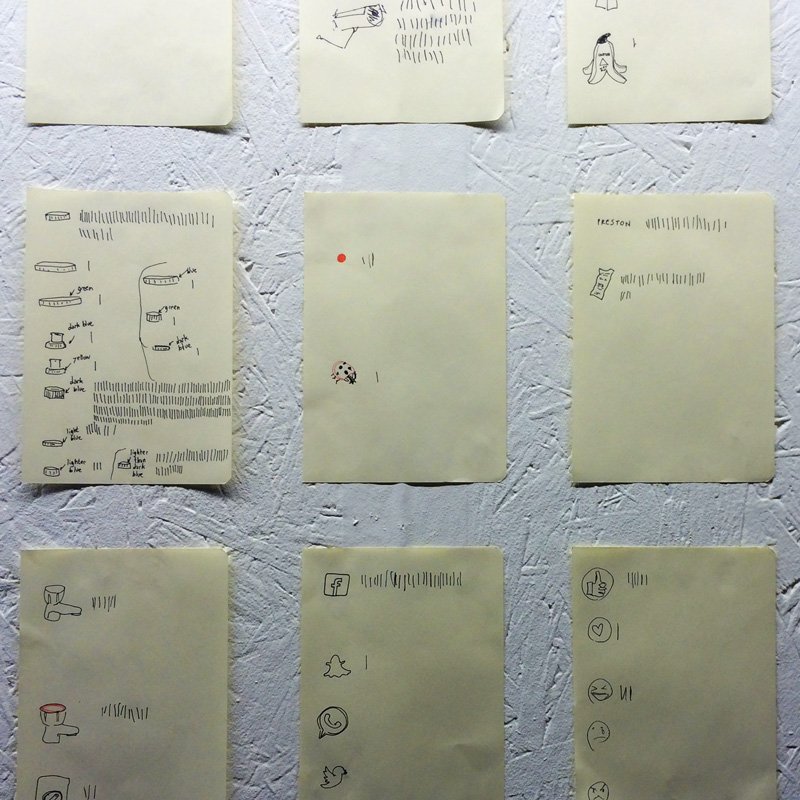

This childish activity becomes a social comment when it makes you realize, for instance, how many CCTV cameras you may encounter on the way home or that only 22% of the gastropods have a shell to call home.
“Ich bin ein Tourist” is an installation made of enveloppes placed in circle formation in a square made by black and yellow striped tape. Each enveloppe represents a stay in a city where I arrived and departed from a same train station. The name of the said station is stamped along with the dates of the stay. A red drawing materializes my journey in the city, starting in the center and ending at the same point to close the loop.
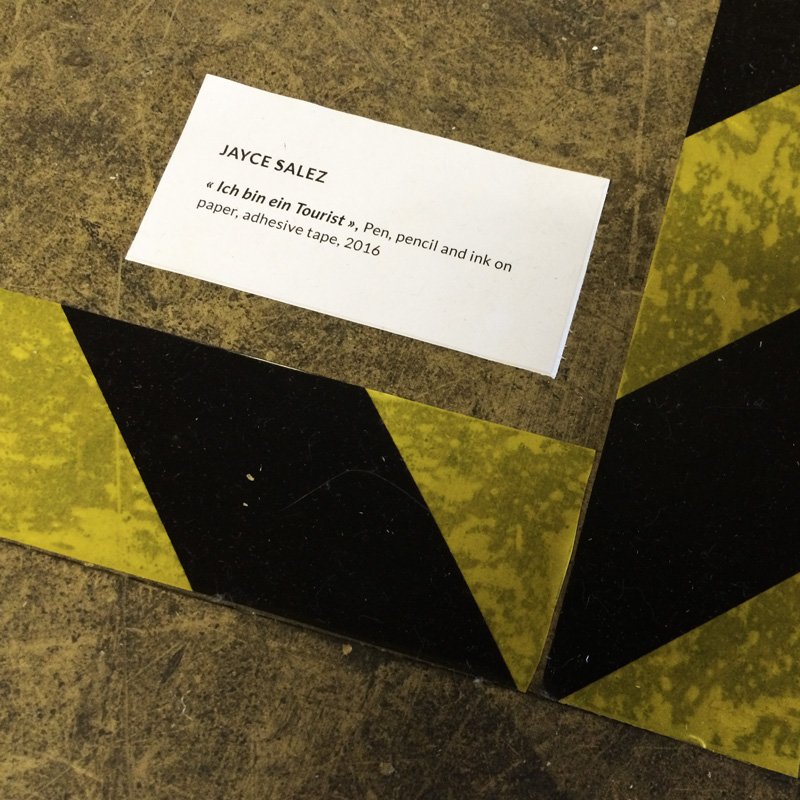
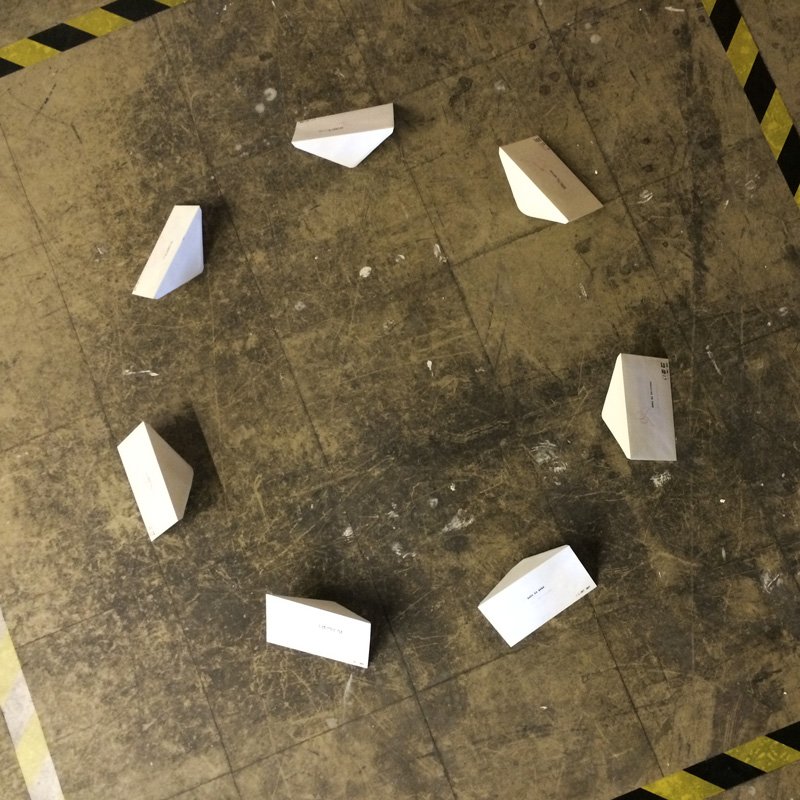
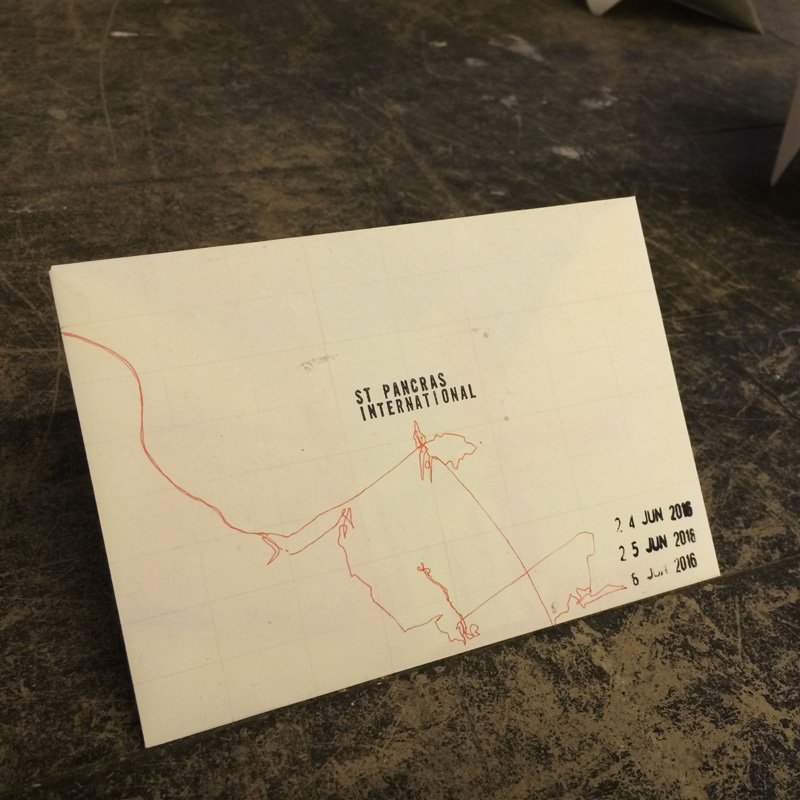
The reference to Kennedy’s iconic phrase “Ich bin ein Berliner” confronts the president’s speech in 1963 with the reality of the world half a century later; the citizens of the “Western world” have never been so free compared to “the others”, and we actually have so much freedom that we can afford to cede some in exchange for so-called safety and promises of better NHS funding.
“Real” freedom — real, as in real mayonnaise — might only exist in the form of tourism, a privilege mostly owned by wealthy Westerners. On the other side of the barrier, refugees are trapped between their devastated homes and closed doors.
For some of them, train stations, which are originally meant to be places of transition between arrival and departure, have become places of uncertainty.
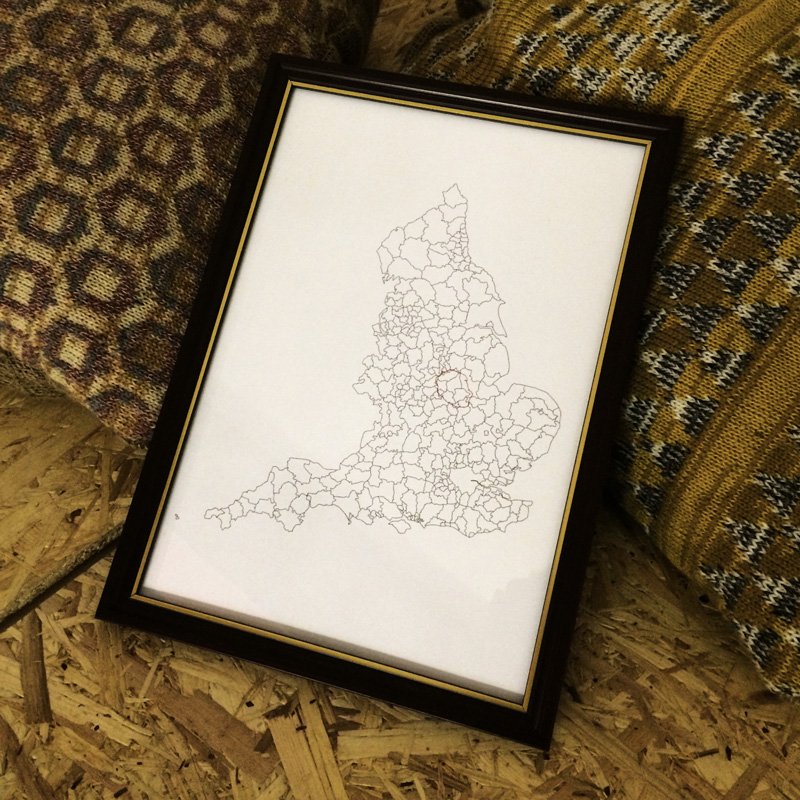
La Réunion is a framed print of a map of England with the shape of La Réunion drawn within its borders. The geographical north and the scale are the same for the two maps. My home in Nottingham and my home on the island are overlapping to create an imaginary space where personal history, culture and memories are melting.
This exhibition was part of our assessment, and we all succeeded. Now I’m on the way back to La Réunion for the second year of Master.
10
Jul
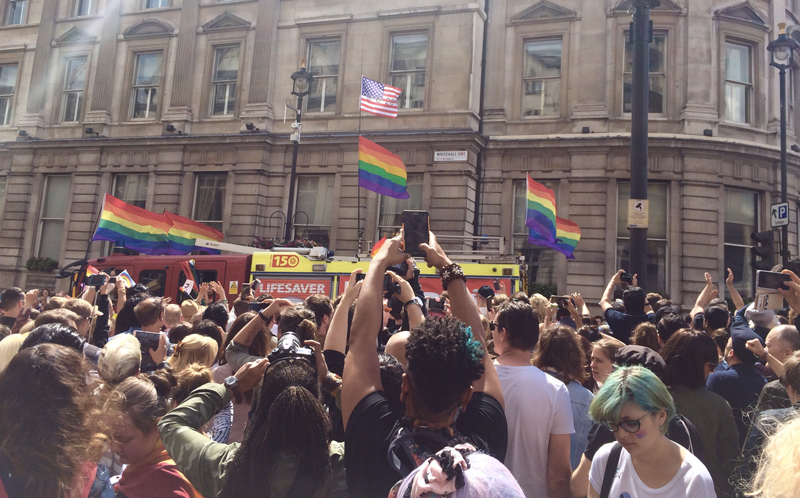
The Pride in London 2016 parade on the 25th of July.
Two weeks ago, I went to London to take part in Pride in London 2016 as a volunteer. It was my first volunteering experience as well as my first Pride ever, and it ended up being one of the best week-end of my life.
I didn’t see much of the Parade on Saturday. I was meant to be in it as a Steward, but I arrived too late for the check in and was assigned to another role, off the parade route.
I’m not going to lie, Fundraising was a challenging role for me, especially as a first-timer. I felt like asking for people’s generosity was assuming they were too selfish to donate spontaneously. And honestly, I don’t like being asked for money myself.
I tried to keep smiling and being positive, but being ignored and avoided by people who don’t have any time to waste was lowering my self-esteem to something close to zero — being posted at a Tube station entrance during peak-hour didn’t help either.
Thankfully, I had supportive partners, and some people were happy to donate their spare change and encouraging me. When you are so low, even a simple smile or a hello back becomes a burst of happiness. The weather was on my side as well; I was glad to get my tan back.
The most rewarding part was of course to have contributed to a great cause. Pride in London is a relatively costly event, but it is kept free for its visitors thanks to sponsorship and donations mainly.
I volunteered again on the next day, as a Steward in the Pride in the Park event. This one was more relaxed than the Parade but it was still a busy one. I had a great time there, meeting people and waving the Pride in London flag and the rainbow flag.
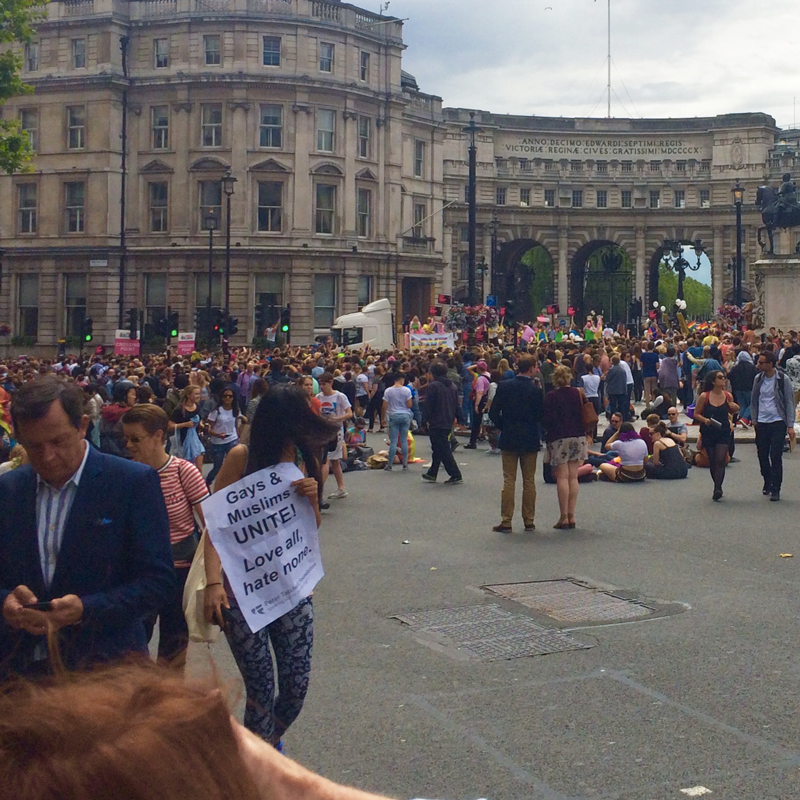
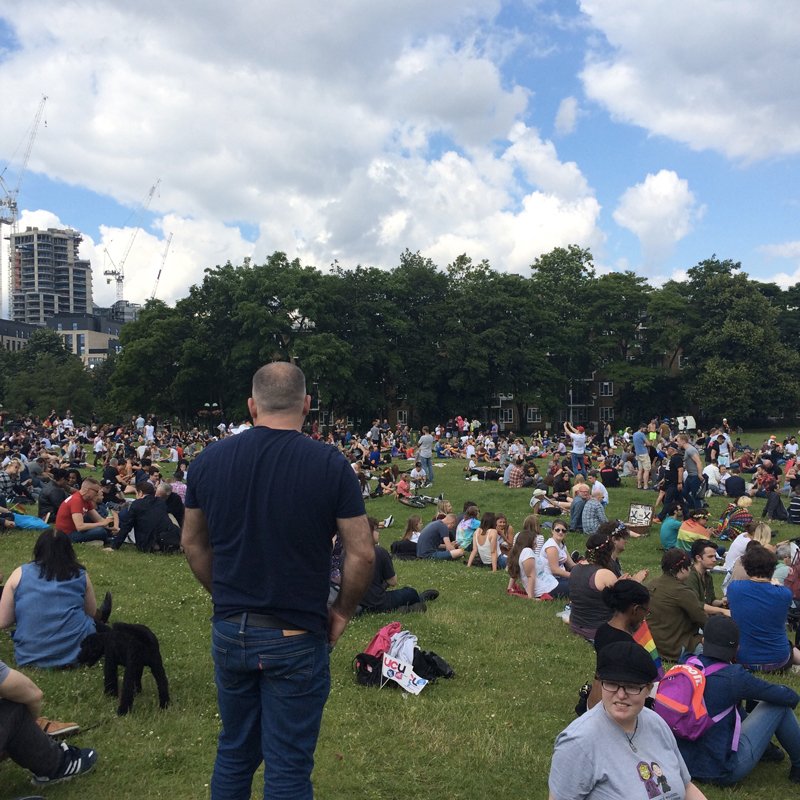
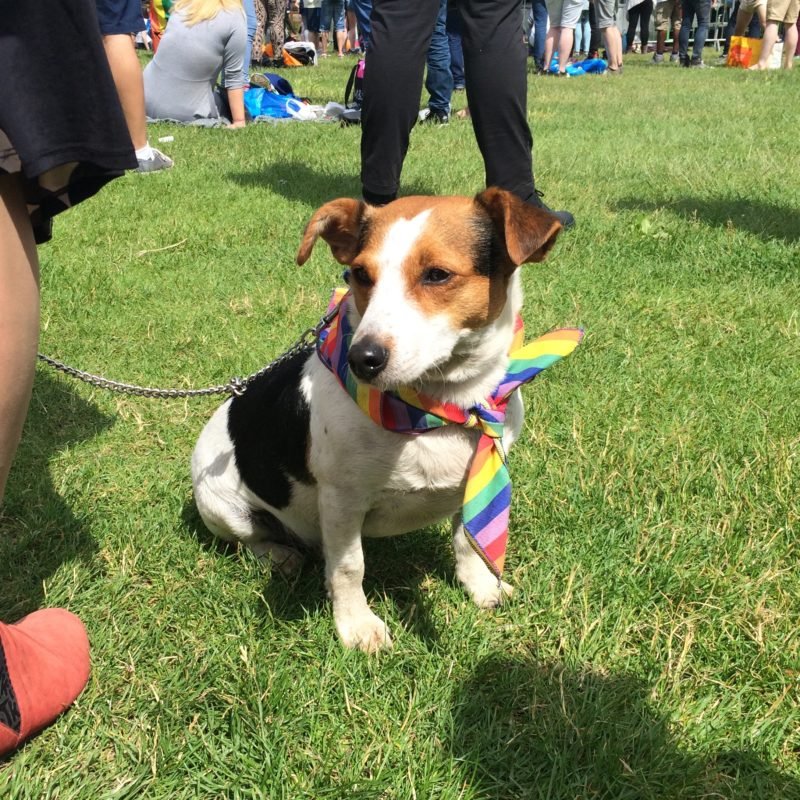
I also took some time to wander in London and to visit Tate Modern’s new building which opened recently. The view of London from the top reminded me of my first day in the City, ten months earlier.
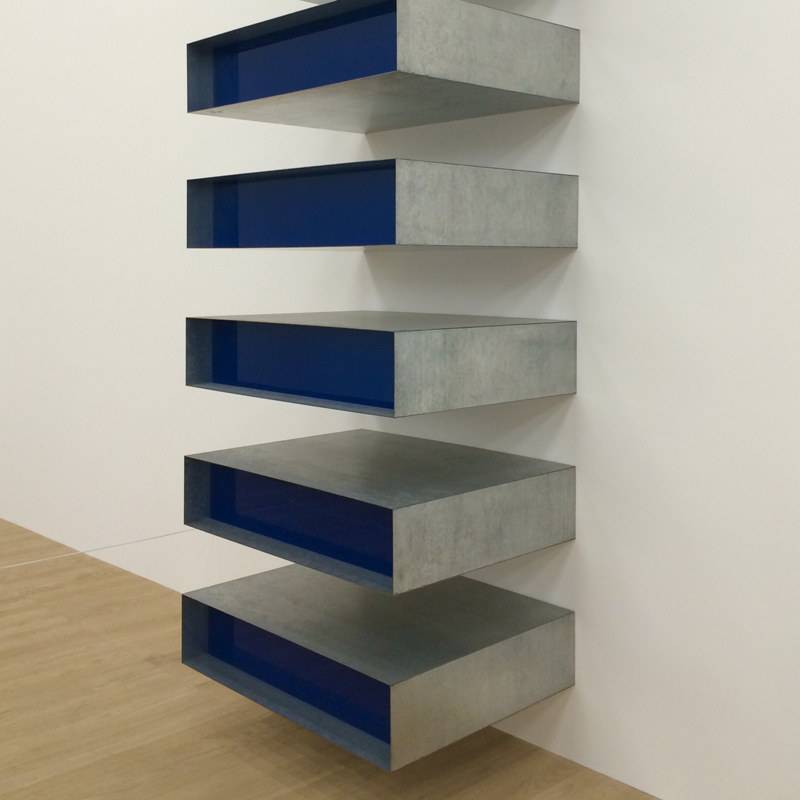
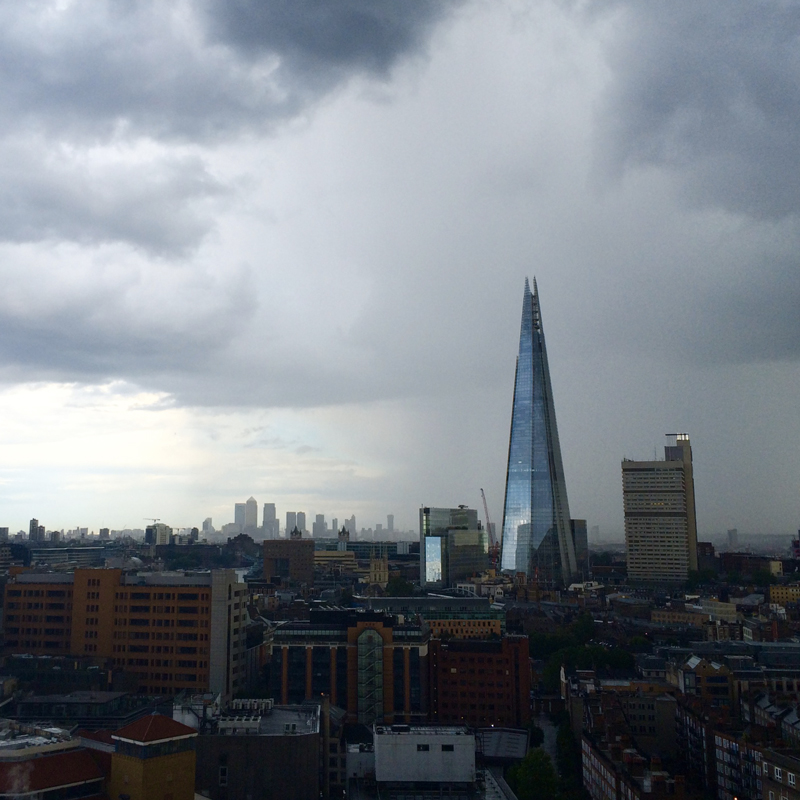
This short but delightful adventure in London helped me to digest the result of the EU referendum.
It also reminded me how important it is to fight for equality.
For a few days I had stopped considering my sexual orientation as discriminating. And strangely enough, it even became so trivial I didn’t think about it at all, as if it had never mattered. That’s the way I wish I could feel all the time and everywhere.
23
Jun
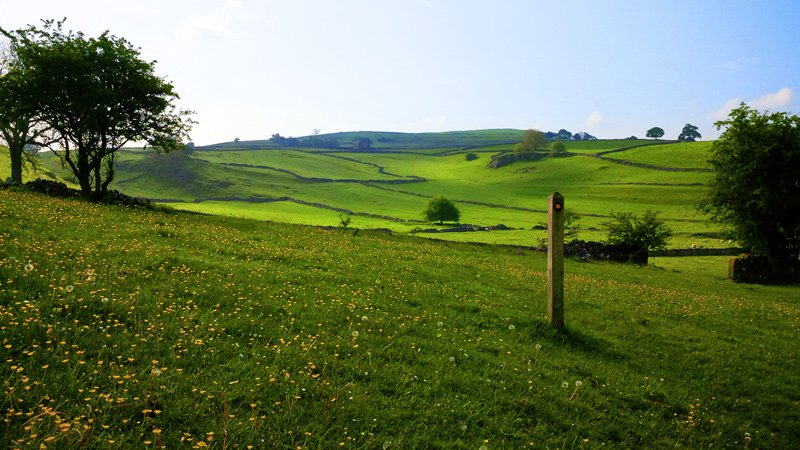
Field view, somewhere around Hartington.
April and May had some relatively warm and sunny days to witness the end of winter.
This weather was favorable for the few days we spent with the MA Photography Students in the English countryside, at Hartington Hall.
This former manor is located nearby Hartington village and close to wide fields were we were able to see cows, sheeps, horses and other farm animals.
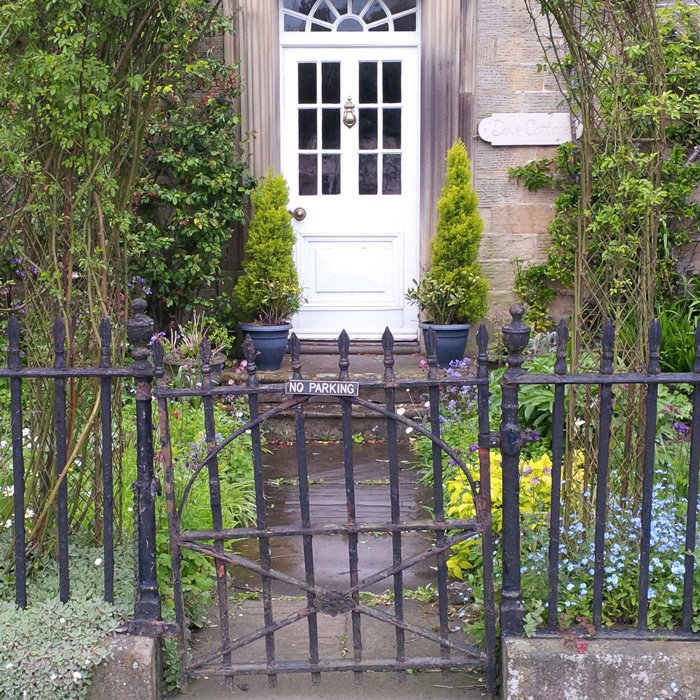
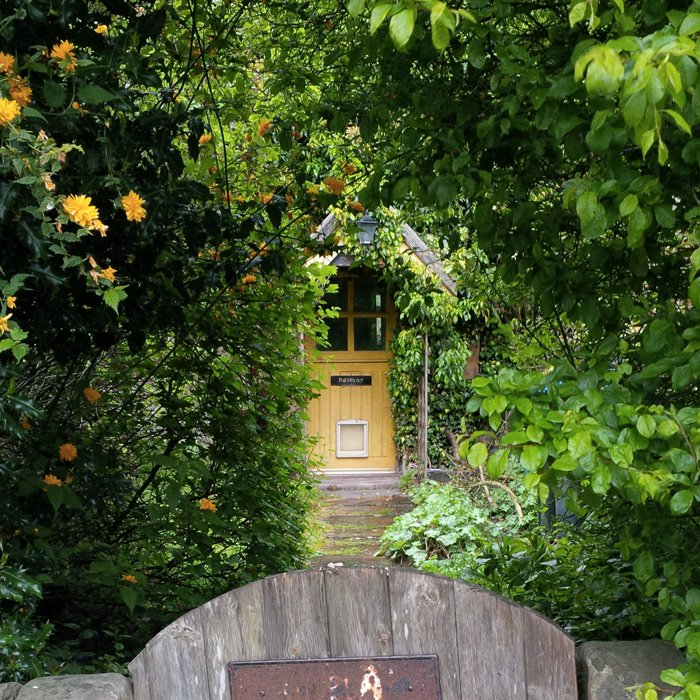
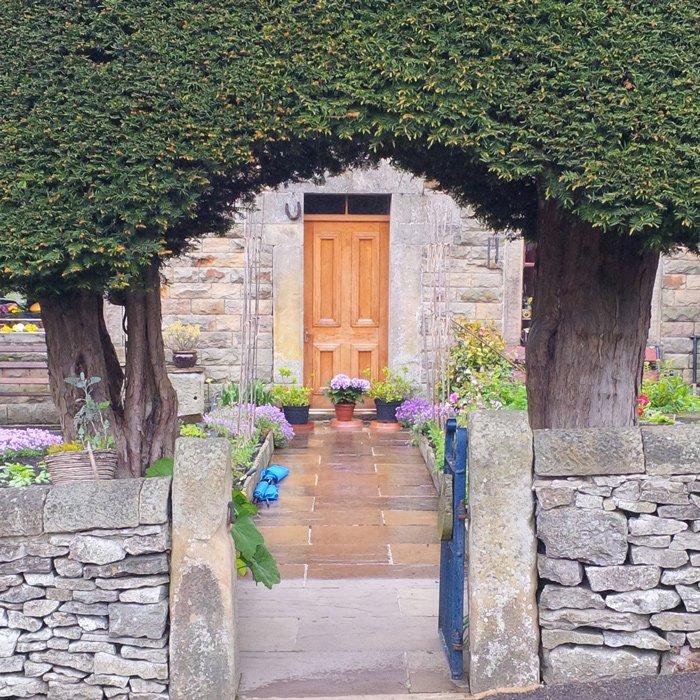
We only spent three days and two nights there, but being back to Nottingham was a shock for me.
The fresh air of the reposing countryside, the bounds made on the long muddy roads; all of this then seemed to have just been a distant memory.
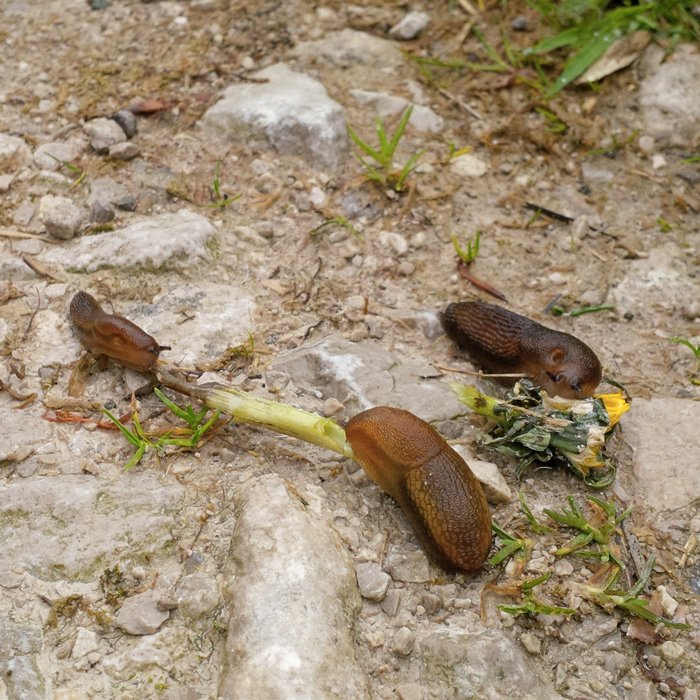

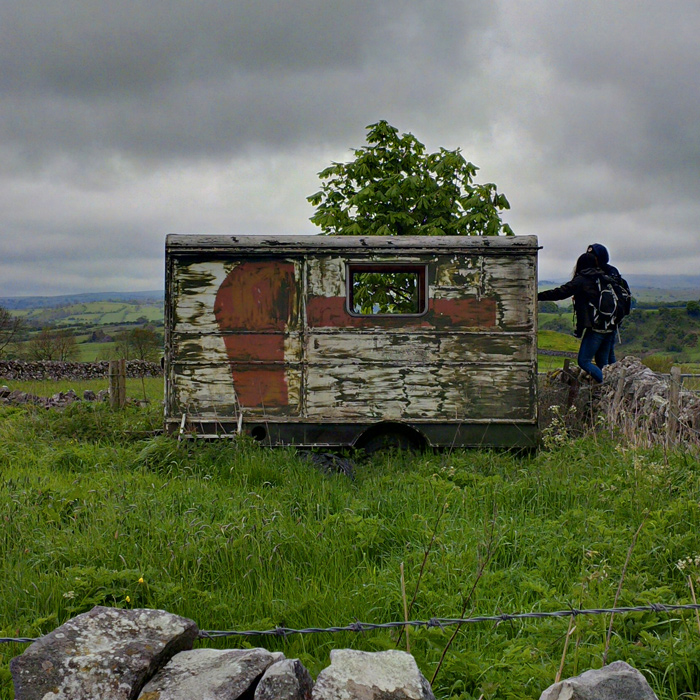
My next journey led me to Leicester, home of the Premier League champions.
It wasn’t for sport that I went there, but to attend the Comic Con from which I returned with a bag full of Pokémon plushes and figures.
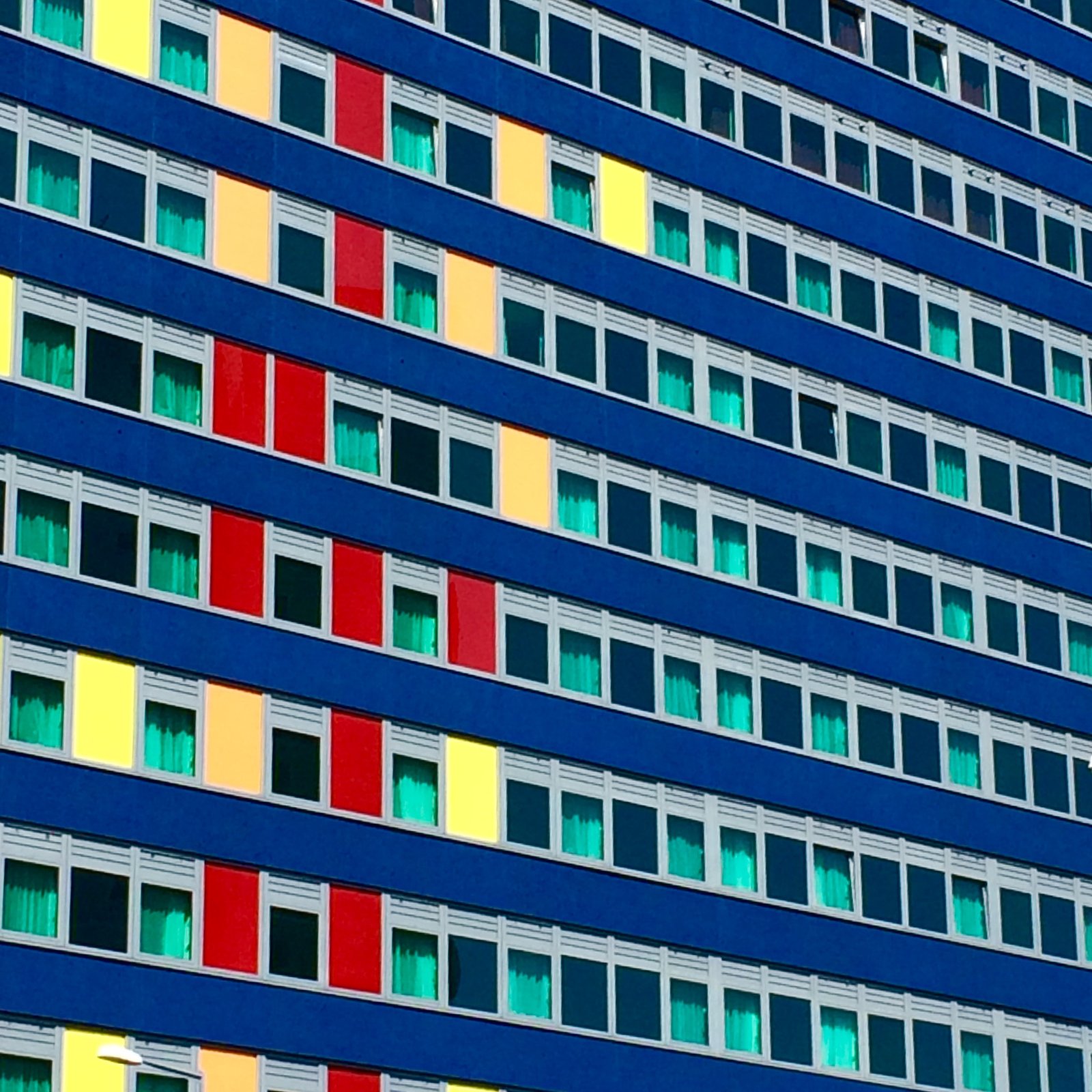
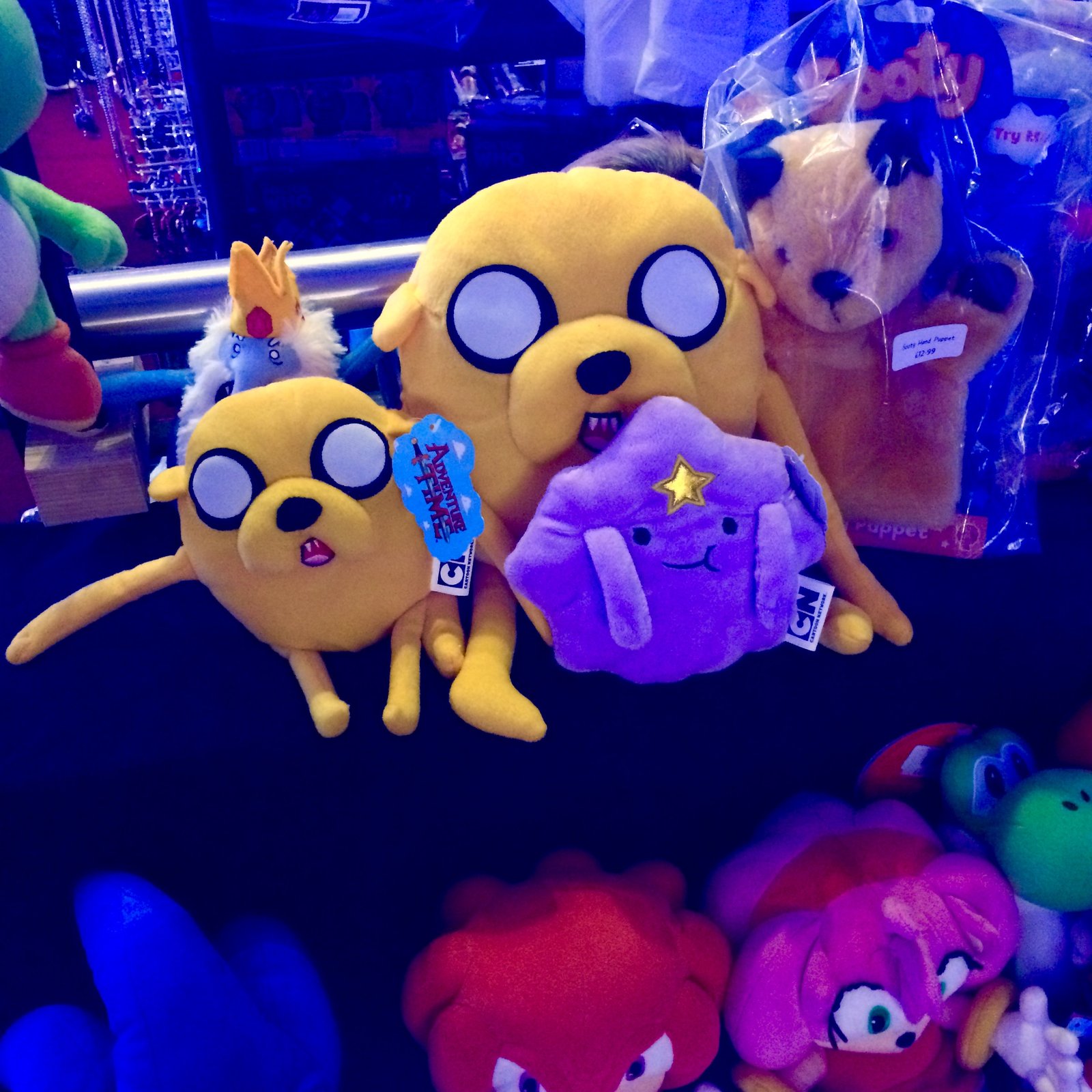
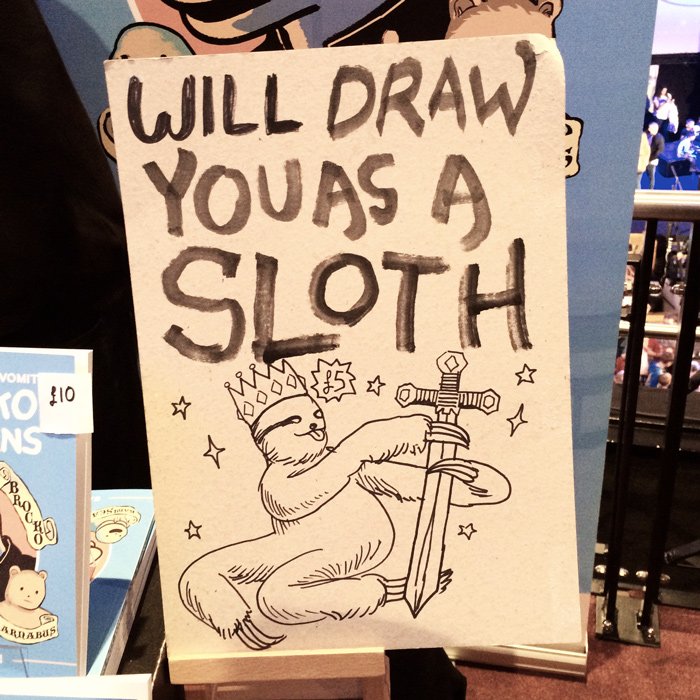

During the following days, I went to London to train for a volunteering role in the Pride in London parade, which will be held this week-end.
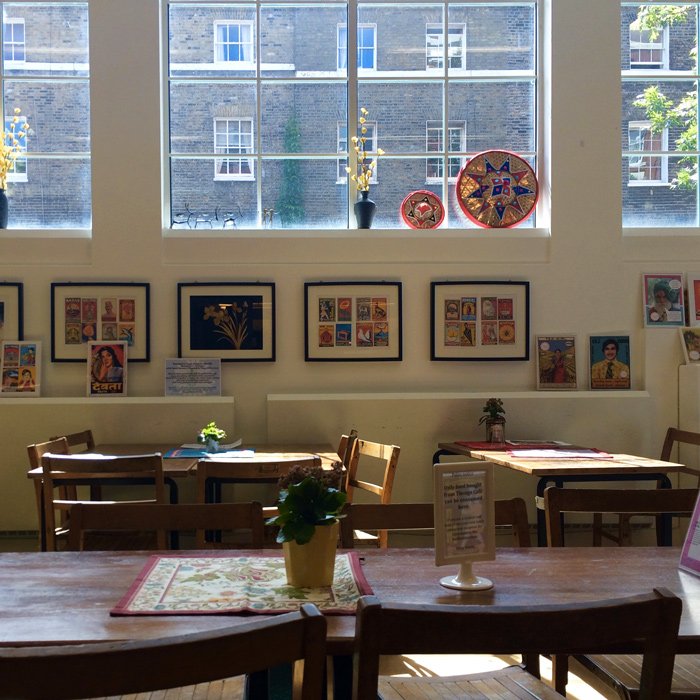
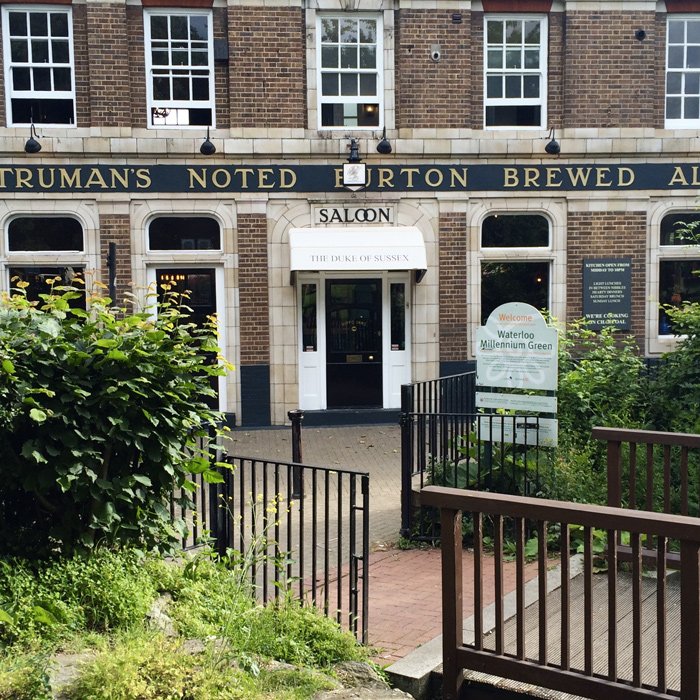
25
Mar

“The Space” in Nottingham Contemporary where our exhibition was held.
Last winter, Nottingham Contemporary presented the Monuments Should Not Be Trusted exhibition that explored “the golden years” of the Socialist Federal Republic of Yugoslavia through the works of over 30 artists from this period and location.
As part of the yearly Memory Project, now called Aftermath, students from the Master of Fine Arts from Nottingham Trent University and for the first time, students from the MA History of Art and MA Visual Culture from the University of Nottingham, collaborated to create an exhibition that responded to Monuments Should Not Be Trusted by reactivating the conversation that started with the winter show, and even half a century earlier in Yugoslavia.
We named it The conversation isn’t over and it was a new experience for most of us, which on the one hand was the cause of some logistical problems, but on the other hand gave us a taster of what our career as (hopefully) artists and curators would be like.
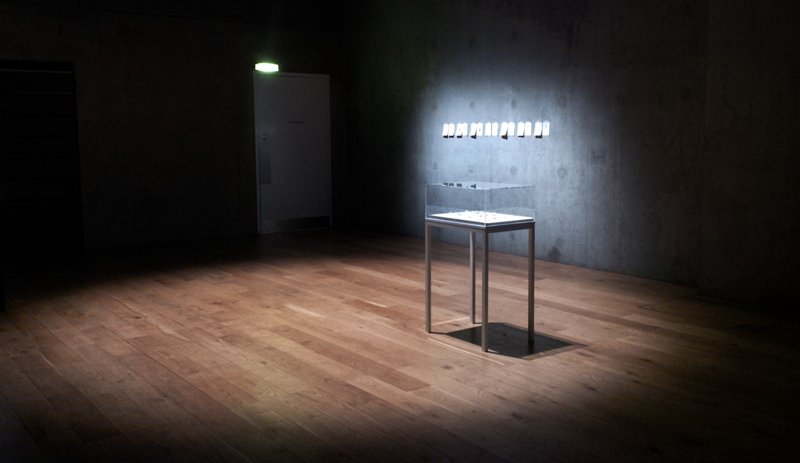
I made a piece of work specially for this exhibition and showed an older one I made in October at the beginning of the course.
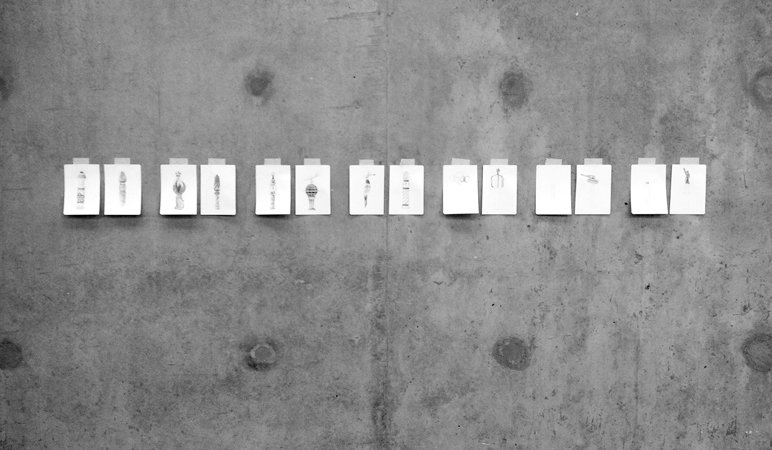
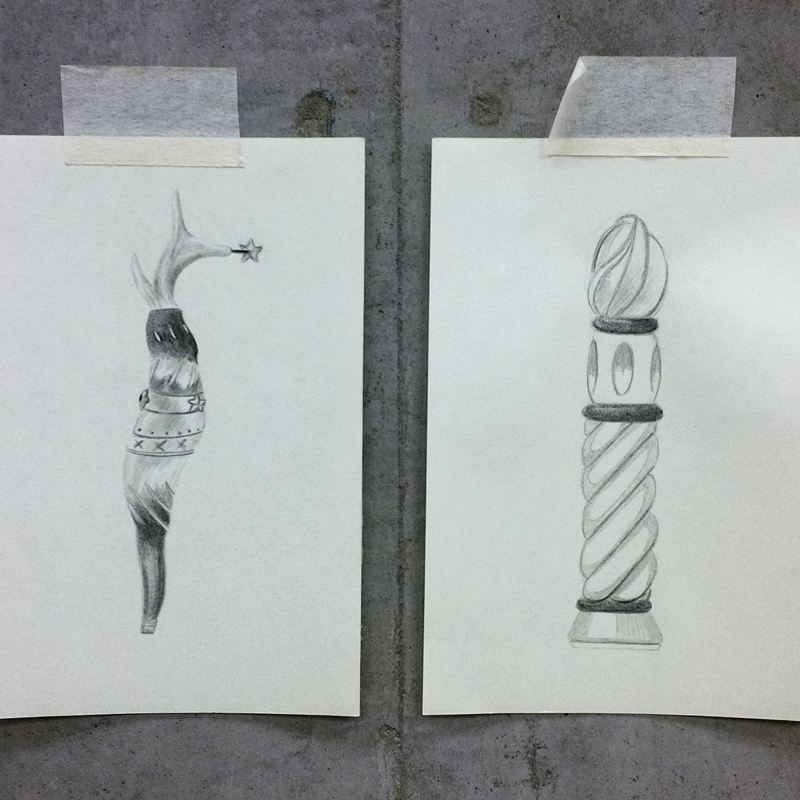
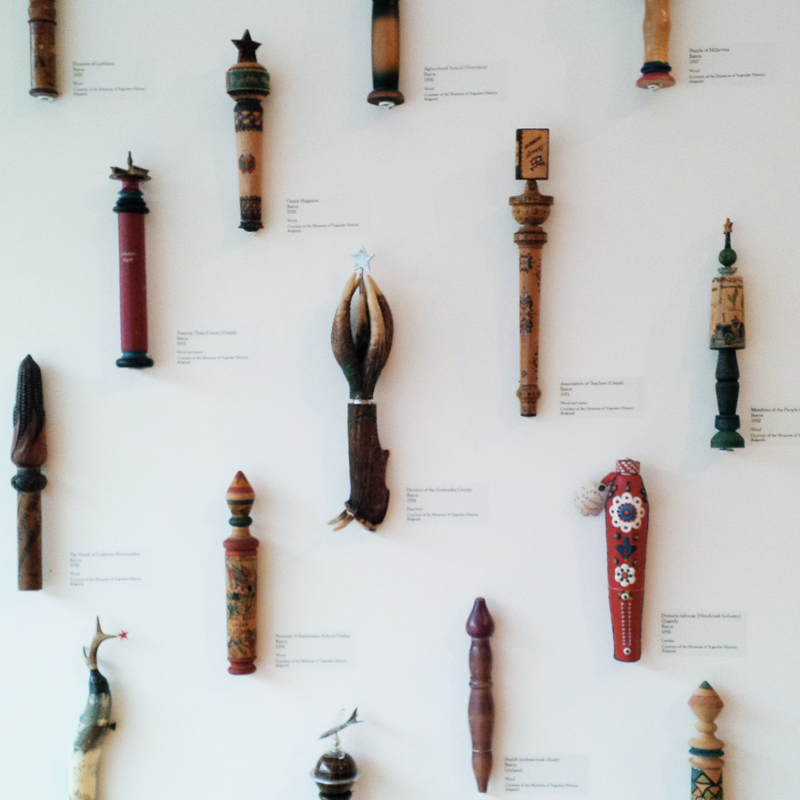
Tito’s Dildos is a series of 14 pencil drawings directly inspired by a collection of relay batons presented in Monuments Should Not Be Trusted. These relay batons are part of a (much) larger collection of dozens of thousands batons used in the Relay of Youth races, organized from 1945 to 1988 as a celebration of the Yugoslav leader Josip Broz Tito’s power and birthday. The Youth Batons were, in other words, birthday gifts from the people of Yugoslavia to their leader, who was sometimes depicted as benevolent, yet referred to as a dictator.
This major contradiction led me to the humorous reinterpretation of these beautifully crafted objects as dildos.
Because of their phallic shape, the sex-toys can be seen as symbols of male authority but are commonly associated with female masturbation and homosexuality, which are far from corresponding to the representation of hegemonic masculinity cultivated by dictatorships.
By (imaginarily) shifting the original batons’ use, we are opening the gates to reinterpretations of history where for example, Tito would be a collector of fanciful dildos, or the people would openly tell their leaders to literally ‘go fuck themselves’.
These side stories obviously only exist on these pages from a personal diary, the closest antithesis I found to propaganda posters.
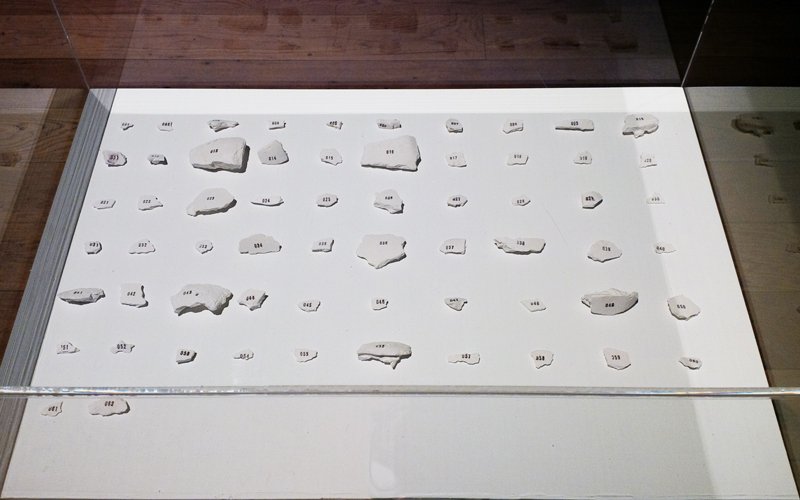
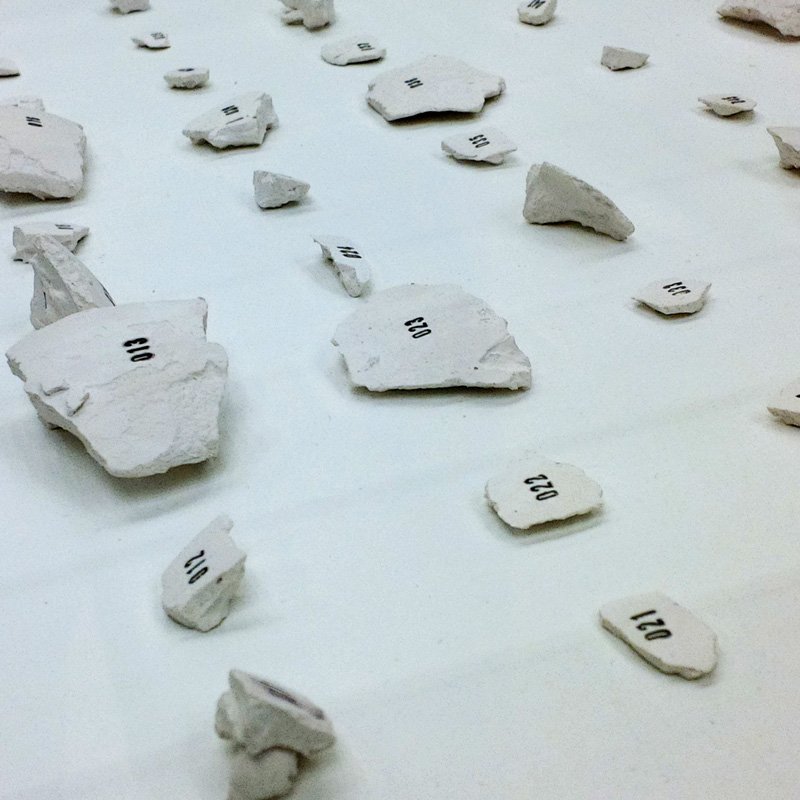
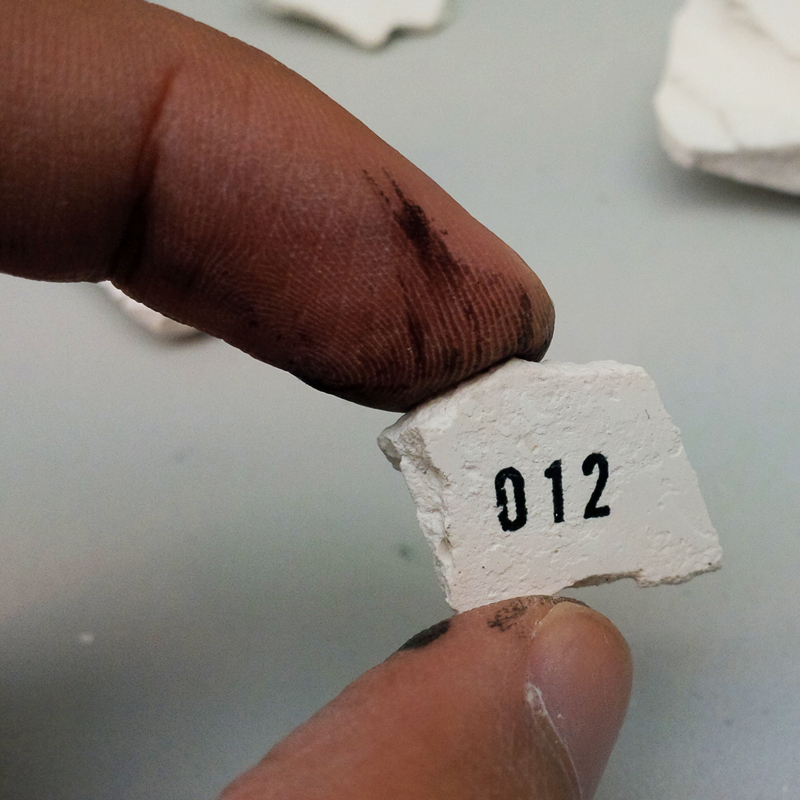
Artefacts bears a more solemn aura. It is made of 62 pieces of plaster stamped with numbers from 001 to 062 and sorted by ascending numerical order on a grid of 7 rows and 10 columns.
The fragments are presented as archeological findings but don’t seem to be pieces of an identifiable object. They rather seem to have been chosen at random, and order only comes from the numeration that looks just as arbitrary as the small sculptures’ shapes.
Archeologists excavate and decipher fragments of human history, a common heritage to us all. By acknowledging these Artefacts as pieces of art, you are making them a picayune part of this heritage, one that is yet to be unravelled.
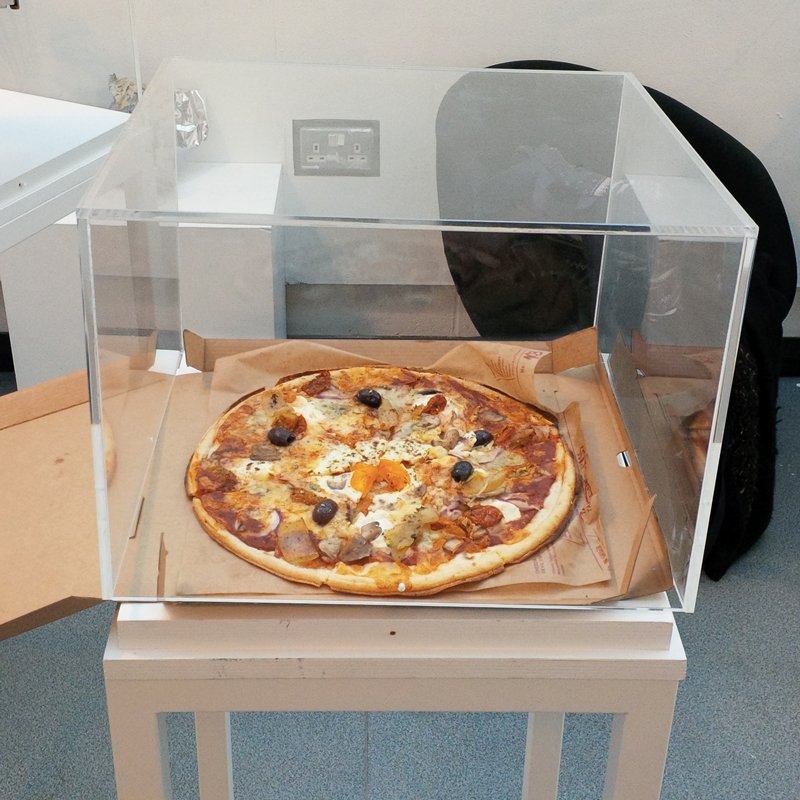
This third artwork, a ready-made from Inferno Pizza, wasn’t displayed for security reasons. It was part of a performance I called Relishing Aftermath.













































